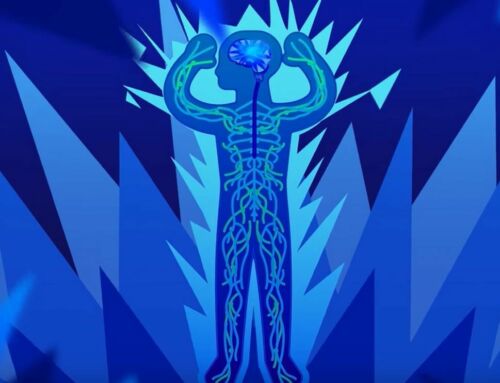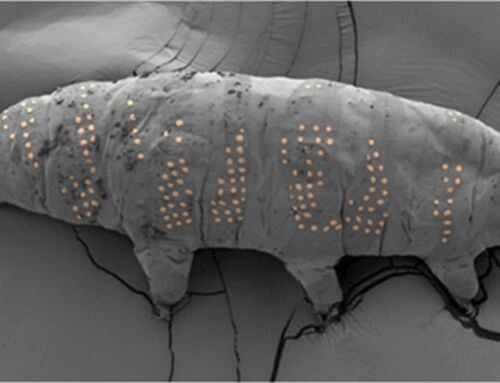Light-based therapy will be soon treat the deepest cancer tissues never before accessible.
Phototherapy is only effective where light easily can reach, limiting its use to cancers of the skin and in areas accessible with an endoscope, such as the gastrointestinal tract.
Researchers at Washington University School of Medicine in St. Louis, using a mouse model of cancer, have devised a way to apply light-based therapy to deep tissues never before accessible.
Instead of shining an outside light, they delivered light directly to tumor cells, along with a photosensitive source of free radicals that can be activated by the light to destroy cancer. And they accomplished this using materials already approved for use in cancer patients.
The study appears March 9 in the journal Nature Nanotechnology.
Senior author Samuel Achilefu, PhD, professor of radiology and of biomedical engineering at Washington University, said:
“Phototherapy works very well and has few side effects, but it can’t be used for deeply embedded or metastatic tumors. In general, shining a light on photosensitive materials generates free radicals that are very toxic and induce cell death. But the technique has only worked well when light and oxygen can get there. The need for oxygen and the shallow penetration of light in tissue have limited advances in this area for decades.”
Like sugar, many tumors rely on iron to grow. Achilefu pointed out that this iron-binding protein is simply one example of a way to target the photosensitive materials to cancer cells.
“Exposed to the light source, the titanium dioxide nanoparticles alone can kill cancer,” Achilefu said. “But adding the drug appears to enhance the therapeutic outcome. The two together produce different kinds of free radicals that overwhelm tumor cells. Our formulation also uses doses of the drug that are much lower than would be administered for chemotherapy.”
Read more at Washington University School of Medicine
via engadget






Leave A Comment